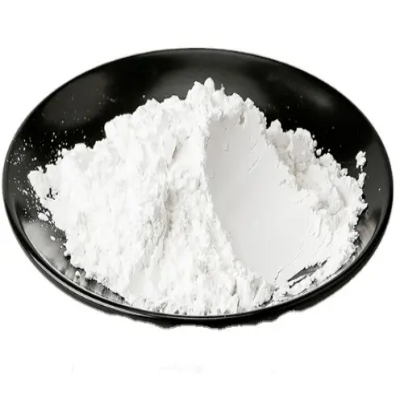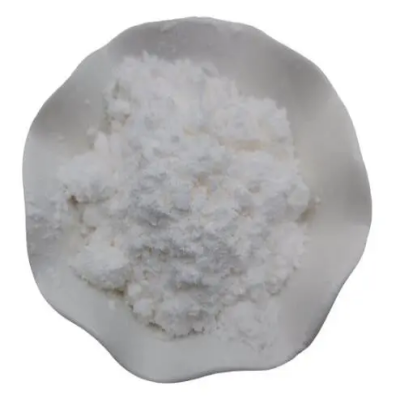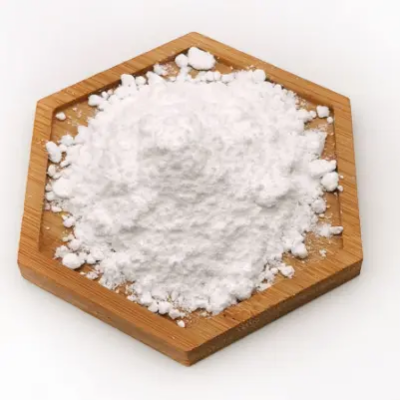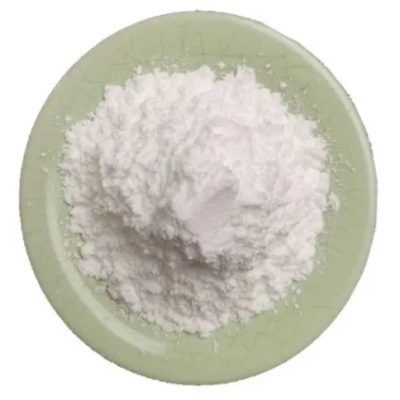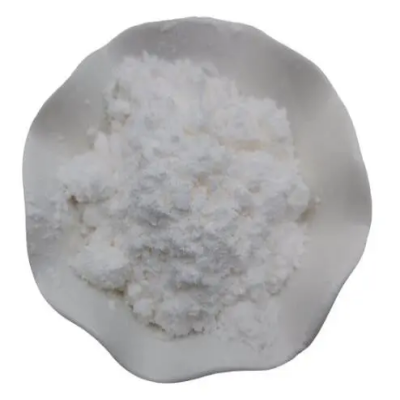3-tert-butyl-6-(ethylthio)-1,3,5-triazine-2,4(1H,3H)-dioneCAS:1360105-53-8
The synthesis of 3-tert-butyl-6-(ethylthio)-1,3,5-triazine-2,4(1H,3H)-dione involves a multi-step process. Firstly, the triazine core is prepared through a cyanamide-formamide reaction, where cyanamide is treated with formamide in the presence of a strong acid, such as sulfuric acid, to form the triazine ring. This reaction typically involves a cyclization step, where the nitrogen atoms of the cyanamide undergo intramolecular cyclization to form the triazine ring. Once the triazine core is formed, the next step is the introduction of the tert-butyl group at the 3-position. This is typically achieved through a Friedel-Crafts alkylation reaction, where the triazine is treated with a tert-butyl group donor, such as tert-butyl bromide, in the presence of a Lewis acid catalyst like aluminum chloride. The tert-butyl group is added to the triazine through an electrophilic aromatic substitution mechanism, substituting one of the hydrogen atoms on the 3-position. After the introduction of the tert-butyl group, the focus shifts to the 6-position, where the ethylthio group is introduced. This is typically done through a nucleophilic substitution reaction, where the triazine is treated with an ethylthio group donor, such as ethanethiol, in the presence of a base or a catalyst. The ethylthio group is added to the triazine through a nucleophilic aromatic substitution mechanism, substituting one of the hydrogen atoms on the 6-position. The final step involves the oxidation of the triazine ring, converting the 2- and 4- positions from amino groups to dione groups. This is typically achieved through the use of an oxidizing agent such as potassium permanganate or nitric acid. The oxidation process involves the conversion of the amino groups to nitro groups, followed by reduction to amino groups, and finally, dehydration to form the dione groups. 3-tert-Butyl-6-(ethylthio)-1,3,5-triazine-2,4(1H,3H)-dione is a valuable intermediate in organic synthesis, with applications in the pharmaceutical industry due to its biological activity and potential as a lead compound for the development of new drugs. The presence of the tert-butyl and ethylthio groups provides opportunities for further functionalization, allowing for the synthesis of a wide array of derivatives with potentially improved pharmacological properties. The stability of the compound is influenced by the presence of the tert-but and ethylthio groups, which can undergo further reactions under certain conditions. Therefore, the compound should be handled with care and stored under appropriate conditions to maintain its stability and purity.



| Composition | C9H15N3O2S |
| Assay | 99% |
| Appearance | white powder |
| CAS No. | 1360105-53-8 |
| Packing | Small and bulk |
| Shelf Life | 2 years |
| Storage | Store in cool and dry area |
| Certification | ISO. |


